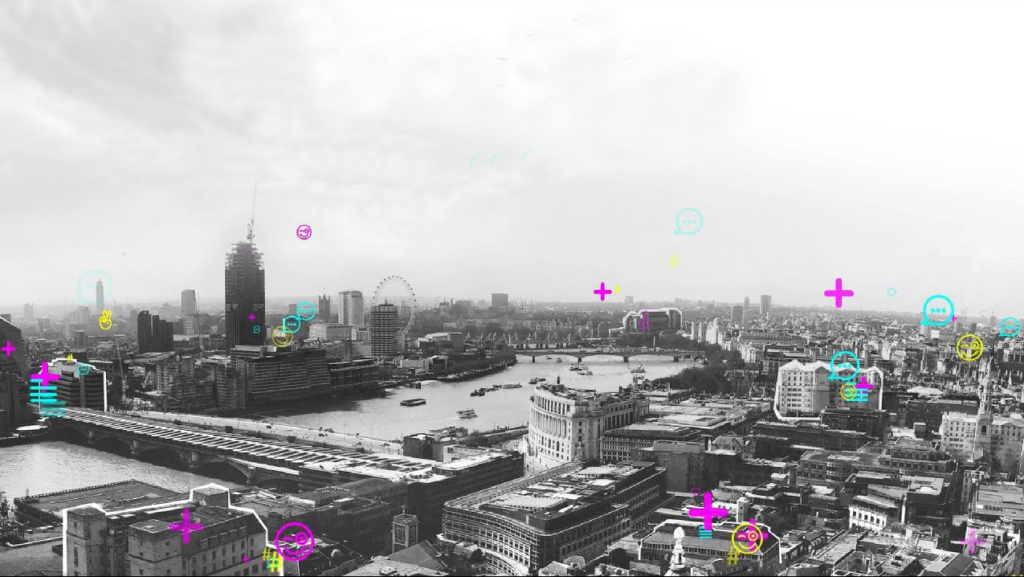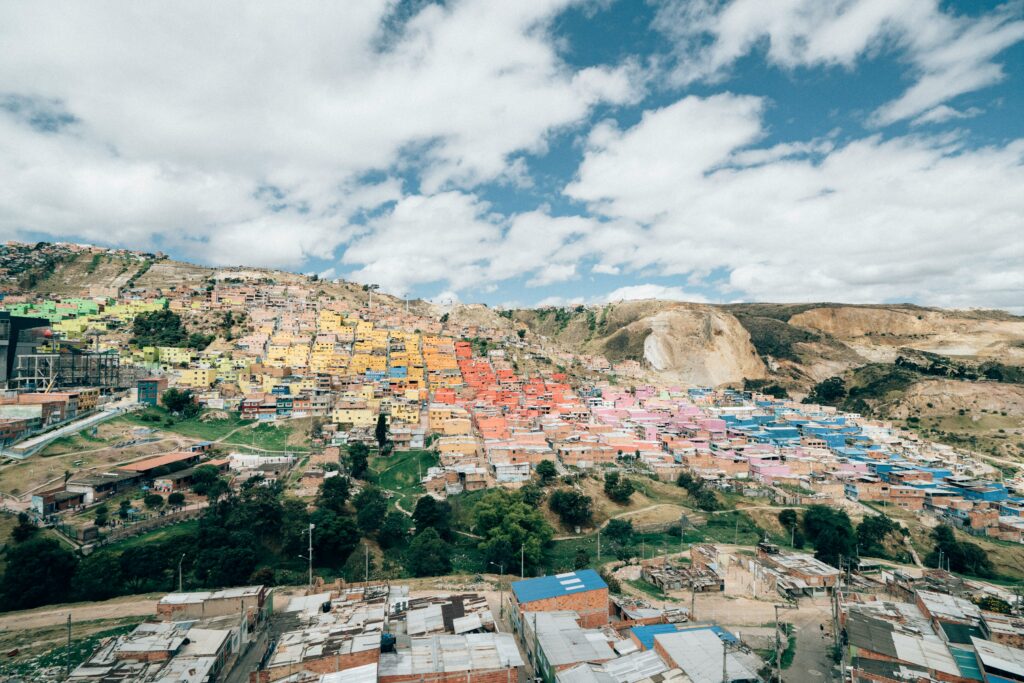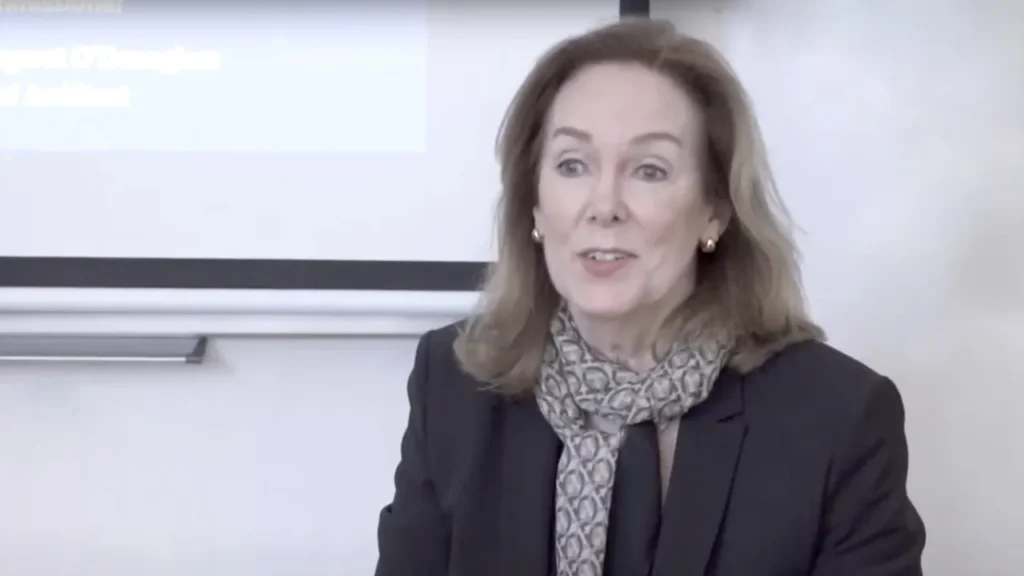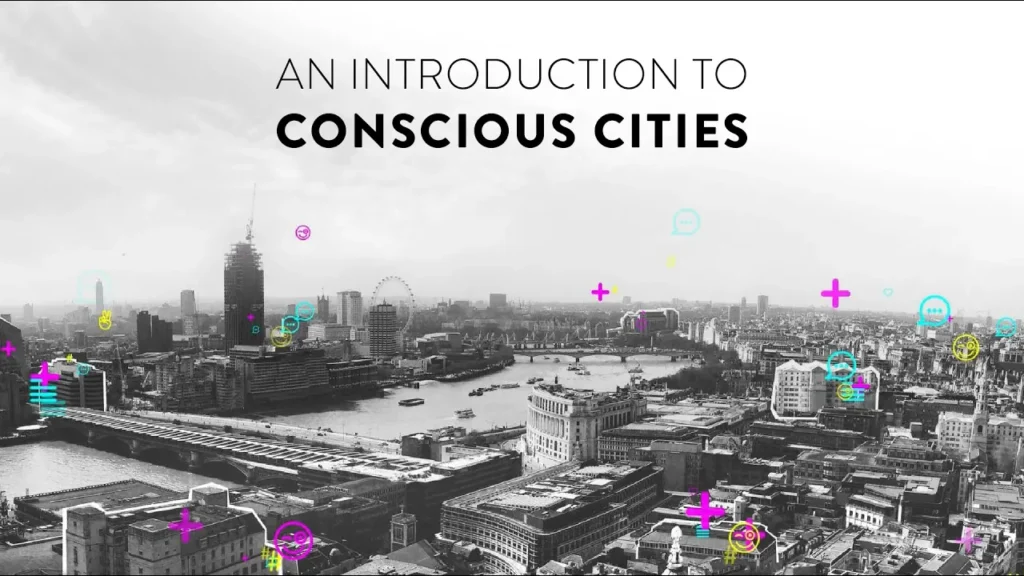It’s been five years since the publication of the conscious cities manifesto. Since then, the notion that we need to rethink the person-space relationship has gained momentum. The narrative of reshaping ourselves by reshaping our cities has become ever more pressing as we observe societies breaking down, communities dissolving and masses trapped in loneliness.
It would be naive to think that these issues emerged independently from the environments we created and the ideals we embedded into our shared spaces. Cities are a reflection of our values, and they perpetuate those that we code deepest into our environment. With the privatisation of public space, the monetisation of the architectural experience, and the manifestations of sectoral politics on the ground, what values do our modern cities represent?
Cities are also the culmination of intents, and because of that, they ignite our imagination as places of possibilities. But, we rarely ask if those possibilities are ones we desire or need, and how restricted they might be by invisible imbalances of power that ripple deep into our buildings, streets, and neighbourhoods. If we are living in the manifestation of human intent, should we ask ourselves: whose intent are we living in?
We increasingly live in urban centres, and this should prompt us to take a critical look at the mindset that the city produces. Living our lives in a world built to our dimensions might be a misleading simulation of control. We admire the efficient city because it keeps things running no matter what, and we may perceive this as comforting proof of our omnipotence.
In the quest for this efficiency, we strived to create spaces that buffer us from any natural processes that threaten disruption. The same natural processes that also connect us, and connect us to places: the cycles of climate, the ability of space to absorb memory, the organic growth of networks, and the serendipity that inconsistency brings. It should come as no surprise given our intentional disconnect with nature that humanity’s rude awakening to the climate crisis came too late. Perhaps we struggle to solve issues that require allocentric thinking because we’ve created cities that sell an egocentric worldview?
How do we find these deep-seated rules that guide our behaviour? How can we become more aware of the urban experience we create, not just in the act of design, but also in other decision-making processes that shape its outcome?
We are experiencing a critical turning point in history, a rare anthropause. It is bringing society’s painful issues closer to the surface and forcing us to reflect. When we emerge back into the streets, what do we want them to look like? What values do we want them to represent? What role does the design profession play?
A paradigm shift in the built environment requires a rethink of how designers design. But it might also require questioning the designer’s role as decision-maker. Where in the institutionalisation of this role might we [designers] be upholding and even perpetuating social issues like inequality, lack of trust, and conflict? Cognisant of this, can designers set off a healthy dialogue between person and space without being in control of its syntax, grammar, and translation?
I ask these questions in the spirit of Upali Nanda’s urging, that “we need to problem-seek before we problem-solve.” How can we seek better?








